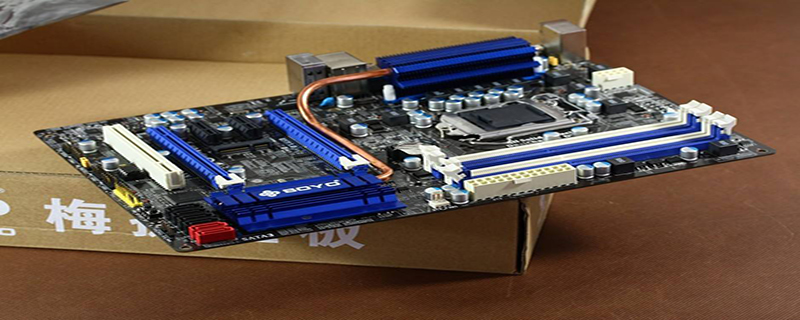Home >Common Problem >The difference between server motherboard and ordinary motherboard
The main requirements for ordinary home and office computer motherboards are performance and functionality; server motherboards are specially developed to meet server applications-high stability, high performance, and high compatibility environments. plate.

Due to the server’s high operating time, high operating intensity, huge data conversion volume, power consumption, and I/O throughput, there are requirements for server motherboards It's quite strict. The difference between
## Server motherboard and ordinary computer motherboard, mainly from the following points: (Recommended Learning: Web front -end video tutorial )
## 1,Server motherboards generally support at least two processors - different chipsets (often dual-channel or above servers, single-channel servers sometimes use desktop motherboards).
2. Almost all components of the server support ECC, including memory, processors, and chipsets (but high-end desktop computers also begin to support ECC)3. There are redundancies in many parts of the server. High-end servers even have redundant CPUs and memory. On mid-range servers, redundant hard drives and power supplies are very common, but low-end servers are often modified desktop computers, but they also use power supplies from first-tier manufacturers. 4. Since the network load of the server is relatively large, the network card of the server is generally a network card that uses the TCP/IP offload engine. It has high efficiency, fast speed, and small CPU usage. However, high-end desktop computers are also beginning to use it. High-end network cards or even dual network cards. 5. In terms of hard disks, many and more servers will use SAS/SCSI instead of SATA. 6. In terms of memory support. Because servers have to adapt to long-term, high-traffic, high-speed data processing tasks, they can support memory capacities of up to more than ten GB or even dozens of GB, and most of them support ECC memory to improve reliability (ECC memory is a memory with automatic error correction. Functional memory, due to its superior performance, the cost is also quite high). 7. Storage device interface. Mid-to-high-end server motherboards mostly use SCSI interfaces and SATA interfaces instead of IDE interfaces, and support RAID methods to improve data processing capabilities and data security.General desktop motherboards cost only 1,000 or 2,000 yuan, while server motherboard prices range from entry-level products with more than 1,000 yuan to high-end products with tens of thousands or even hundreds of thousands of yuan!
The above is the detailed content of The difference between server motherboard and ordinary motherboard. For more information, please follow other related articles on the PHP Chinese website!